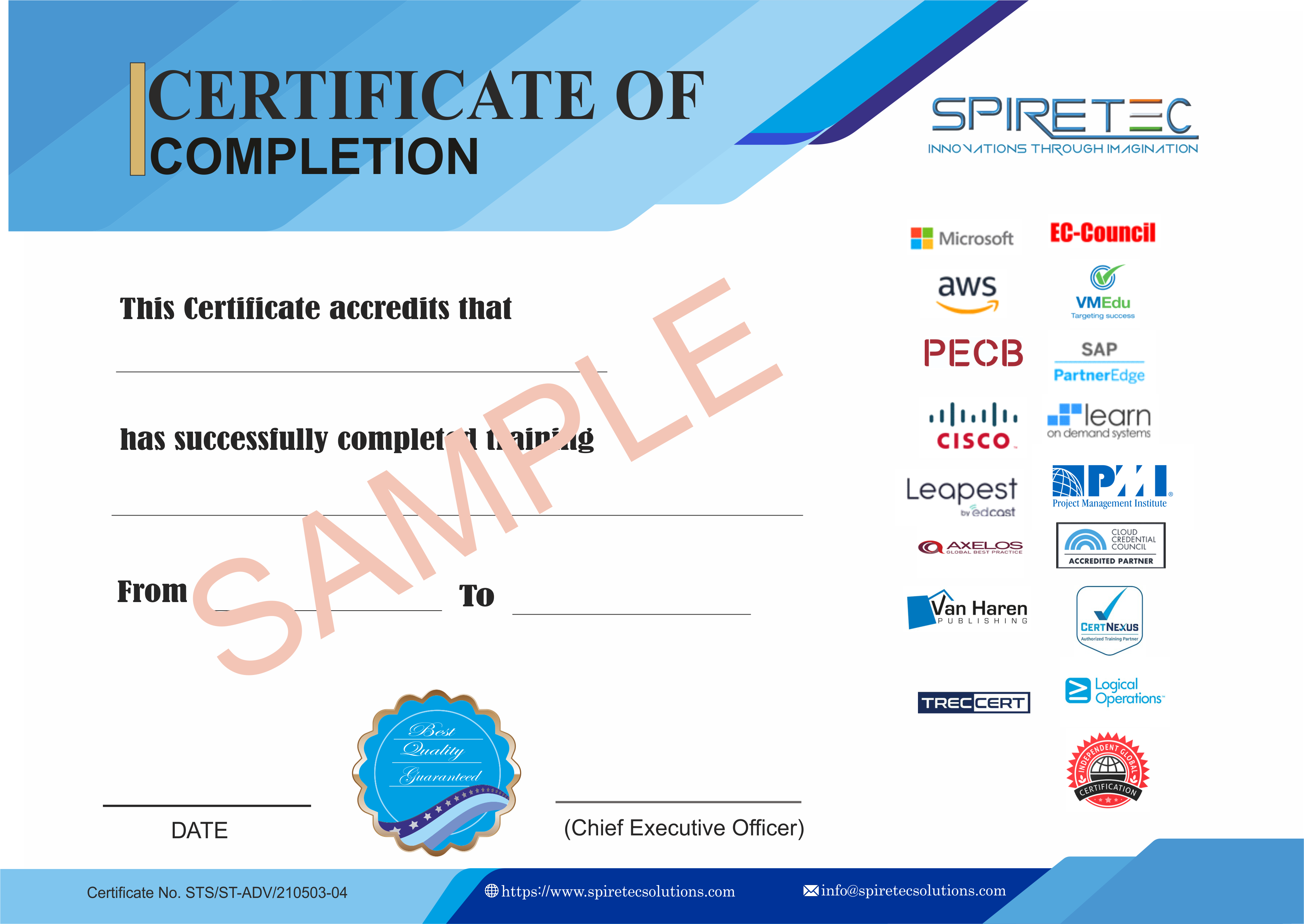Delivering Value through Effective Planning Interval Execution
What skills do you need to deliver value in an Agile enterprise? The SAFe® Product Owner and SAFe® Product Manager (POPM) course covers the tactical responsibilities of these roles in the Agile Release Train (ART). The course and resulting certification give you the guidance and tools to work effectively in remote environments with distributed teams.
Learn how product owners and product managers should work together to achieve the best possible customer and business outcomes. The SAFe POPM course will teach you how to adopt a customer-centric approach to building products, using the Scaled Agile Framework® to deliver more value, faster. Topics covered in this course include the daily role of POs and PMs; collaborating with engineering teams and business stakeholders; how to write epics, features, and stories; and how to design, prioritize, build, test, and deliver products with increased productivity and higher quality.
Attendees learn:
-
How to perform the role of a PO and a PM on a daily basis
-
How to put the customer at the center of your design, build, and test process
-
How to prepare for and lead PI Planning
-
How to decompose Epics to Features and Features to Stories
-
How to collaborate with Agile teams to forecast work
SAFe® POPM answers the questions:
-
How do POs and PMs plan and execute work during a PI?
-
How do I integrate a customer-centric mindset to deliver products customers want?
-
How do you connect SAFe Lean-Agile principles and values to the PO/PM roles?
Languages available:
-
Brazilian Portuguese, English, French, German, Japanese, Korean, Simplified Chinese, and Spanish
What’s included:
-
Course workbook and SAFe Studio access to help you prepare to take the certification exam, claim your digital badge, and tools to get started in your SAFe role
-
Remote learning via SAFe® Virtual Classrooms
-
One-year access to SAFe Studio with your first class attendance:
-
Product Management Video playlist and customer research tools to support product owners in their role
-
Platform access to e-learning modules and curated members-only content to support your SAFe transformation
-
Member discussion forums to engage in ongoing conversations on the SAFe framework or how to better perform as part of an Agile Team
-
Curated content-playlists based on your interests and roles, including templated resources and facilitation guides to get you started
-
Access to content, tools, and resources you need to practice SAFe every day
-
SAFe Product Owner/Product Manager certification exam
Adapted for interactive remote learning with SAFe® Virtual Classrooms
What people say about SAFe® POPM:
-
“Much better context in how POs and PMs should work together as well as align on value delivery outcomes when implementing SAFe.”
-
“Enjoyed the course. Thought I knew a lot about Agile but went to a whole new level.”
-
“Best training and we had lots of discussions about practical scenarios during this training.”
Course Outline
Module 1: Exploring Product Owner and Product Management Roles and Responsibilities
Module 2: Preparing for PI Planning
Module 3: Leading PI Planning
-
Communicate the Vision
-
What POs and Product Management Do During PI Planning?
-
Communicate the Vision
-
Communicate the PI Roadmap
-
PI Roadmap for the TTC Van Program
-
Support Team Breakouts
-
Establish PI Objectives
-
PI Objectives
-
Why Do We Use PI Objectives?
-
Distinguish Features from PI Objectives
-
Tips for Writing Effective Team PI Objectives
-
Create Alignment with PI Objectives
-
Maintain Predictability with Uncommitted Objectives
-
Considerations When Assigning Business Value
-
Manage Dependencies
-
Using an ART Planning Board to Visualize Work
-
Strategies for Managing Dependencies
-
PI Planning Can Reveal Opportunities to Release Value Sooner
-
Manage Risks
-
Types of Risks
-
Building the Final Plan
-
Addressing ART PI Risks
-
Confidence Vote
Module 4: Executing Iterations
-
Stories and Story Maps
-
Features are Split into Stories
-
What are Stories?
-
When is a Story Complete?
-
Use Story Maps to Capture Workflows
-
Integrating User Experience and Interface Design
-
Iteration Planning
-
Product Owners Lead Iteration Planning
-
Sequencing Stories
-
Iteration Planning Agenda
-
Establishing Capacity
-
Capacity Allocation for a Healthy Balance
-
Using Velocity to Establish Capacity
-
Estimate Stories with Relative Story Points
-
Iteration Goals
-
Tips for Effective Iteration Planning
-
Team Kanban
-
Tips for Effective Backlog Refinement
-
Iteration Review and Iteration Retrospective
-
DevOps and Release on Demand
-
Building the Continuous Delivery Pipeline with DevOps
-
Continuous Exploration (CE) – Understand Customer Needs
-
Continuous Integration (CI) – A Critical Technical Practice of the ART
-
Continuous Deployment (CD) – Getting to Production Early
-
Decouple Release Elements from the Total Solution
Module 5: Executing the PI
Module 6: Practicing SAFe®







 Live Online Training (Duration : 8 Hours)
Live Online Training (Duration : 8 Hours)
